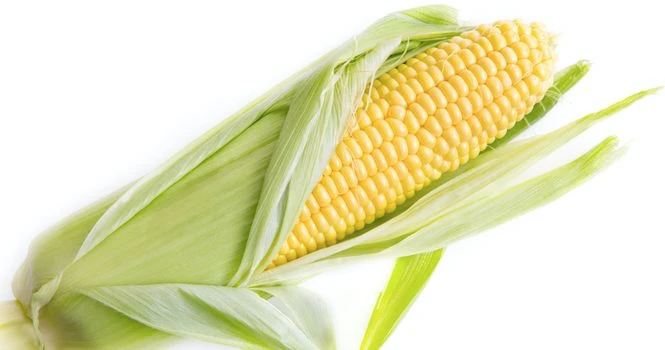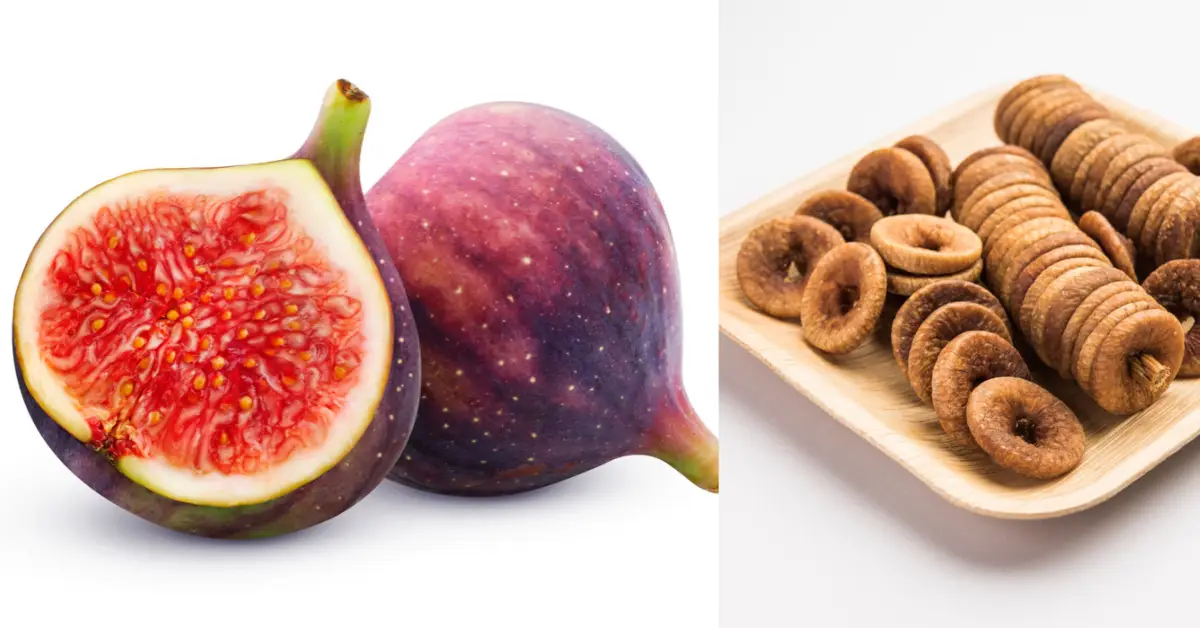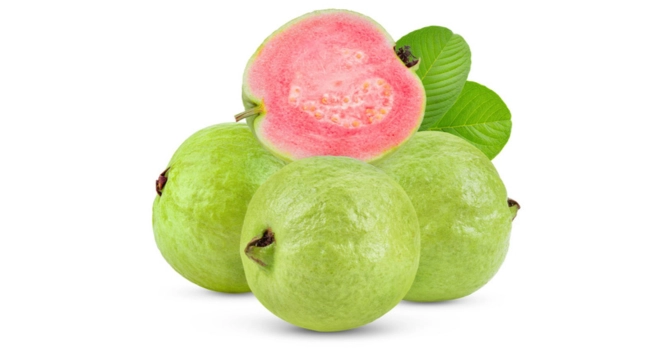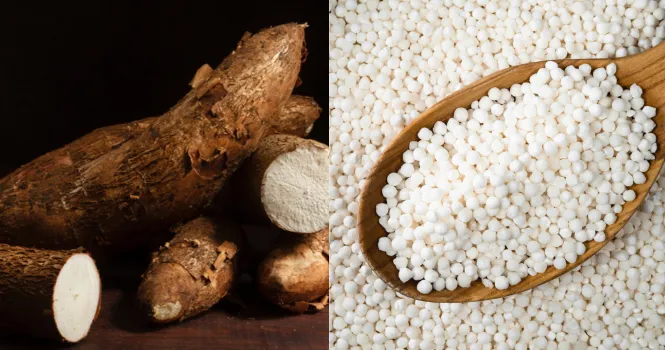The glycemic index (GI) is a measure of how quickly a food raises blood sugar levels. Foods with a high GI cause rapid blood sugar spikes, while those with a low GI result in a slower and steadier rise.
The glycemic index (GI) is a scale that ranks foods based on how quickly they raise blood sugar levels. The GI scale ranges from 0 to 100, with higher values indicating a faster impact on blood sugar levels.
For diabetics, it’s essential to choose foods with lower GI values to help manage blood sugar levels more effectively. Here’s a general classification of GI values:
- Low GI: 55 or less
- Medium GI: 56 to 69
- High GI: 70 or higher
Glycemic load (GL) is a measure that takes into account both the glycemic index (GI) of a food and the amount of carbohydrates it contains in a typical serving. This provides a more accurate representation of a food’s impact on blood sugar levels compared to the glycemic index alone.
The glycemic load scale is as follows:
- Low GL: 10 or less
- Medium GL: 11 to 19
- High GL: 20 or higher
| Type of Corn | Commonly Eaten Variety | Glycemic Index | Glycemic Load | Fiber Content (per 100g) | Carbs Content (per 100g) |
| Sweet Corn | Fresh, boiled | 56 | 9 | 2.0 g | 20.5 g |
| Popcorn | Air-popped | 65 | 7 | 14.4 g | 74.3 g |
| Corn Tortilla | Store-bought | 52 | 12 | 3.5 g | 48.5 g |
| Cornmeal (Polenta) | Cooked | 68 | 22 | 2.1 g | 22.4 g |
| Corn Flakes Cereal | Store-bought | 81 | 16 | 2.0 g | 84.0 g |
Corn has moderate Glycemic Index and hence the question arises,
Can Diabetics Earn Corn?

Corn can be a suitable food choice for people with diabetes when consumed in moderation and as part of a balanced, nutrient-dense diet. The following considerations can help ensure that corn remains a healthy option for those managing diabetes:
- Portion control: Pay attention to portion sizes to avoid excessive carbohydrate intake. A single serving of cooked corn is approximately half a cup or one ear of corn.
- Choose whole corn: Opt for whole corn kernels or corn on the cob, which contain more fiber and nutrients than processed corn products like corn chips or corn syrup.
- Pair with protein and healthy fats: Combining corn with sources of protein and healthy fats can help slow the absorption of glucose and minimize blood sugar spikes. For example, you can serve corn with grilled chicken and a side of leafy greens dressed with olive oil.
- Monitor blood sugar levels: Regularly check your blood sugar levels to understand how your body responds to corn and adjust your intake accordingly.
Questions and Answers
Does Corn raise Blood Sugar?
Corn can raise blood sugar levels, but its impact depends on portion size, preparation method, and the individual’s overall carbohydrate intake.
How much Corn can a Diabetic eat?
Diabetics can eat corn in moderation, typically around half a cup of cooked corn or one ear of corn per serving. Monitoring blood sugar levels and adjusting intake accordingly is essential.
Is Corn Better than Rice for Diabetes?
Corn generally has a lower glycemic index than white rice, making it a better choice for diabetes management. However, whole grains like brown rice and quinoa are even better options due to their higher fiber content.
| Food | Glycemic Index | Fiber Content (per 100) | Carbs Content (per 100g) | Glycemic Load (per 100g serving) |
| Corn | 56 | 2.0 g | 20.5 g | 11 |
| White Rice | 73 | 0.6 g | 28.7 g | 21 |
| Brown Rice | 68 | 3.5 g | 23.0 g | 16 |
| Quinoa | 53 | 5.2 g | 21.3 g | 11 |
Why can Diabetics eat corn?
Diabetics can eat corn because it has a moderate glycemic index and provides essential nutrients, including fiber, vitamins, and minerals. Moderation and portion control are key.
Is Boiled corn Good for Diabetes?
Boiled corn can be a healthy option for diabetics when consumed in moderation and as part of a balanced diet.
Does Corn have a lot of sugar?
Corn does contain some natural sugars, but its overall sugar content is not very high compared to other carbohydrate sources like sugary beverages or processed foods.
Which Roti is good for Diabetes?
Whole grain rotis, such as those made from whole wheat flour, multigrain flour, or millet flour, are better choices for diabetics due to their higher fiber content and lower glycemic index.
Is Makki Atta (cornmeal) good for Diabetes?
Makki Atta can be consumed in moderation by diabetics. However, it is better to choose whole grain flours with higher fiber content, such as whole wheat or millet flours.
Can Diabetics eat corn and carrots?
Diabetics can eat both corn and carrots as part of a balanced diet. Portion control and moderation are essential to prevent blood sugar spikes.
What 10 foods should Diabetics avoid?
Foods diabetics should avoid the following,
- Sugary beverages
- Processed snacks
- White bread
- White rice
- High-fat dairy products
- Fried foods
- High-sugar desserts
- Fruit juices
- Foods high in saturated fats.
- Foods high in trans fats.
Can diabetics eat tomatoes?
Yes, tomatoes are low in carbohydrates and have a low glycemic index, making them a suitable choice for diabetics.
Is Apple good for Diabetes?
Apples are a good choice for diabetics due to their fiber content and low glycemic index. However, portion control is essential to avoid excessive carbohydrate intake.
Click on the link to know, Calories in Apple
Can Diabetics eat Corn and Potatoes?
Diabetics can eat corn and potatoes in moderation, but it’s essential to be mindful of portion sizes and overall carbohydrate intake. Potatoes have a higher glycemic index, so consuming them with other low-GI foods and practicing portion control is crucial.
Is Potato good for Diabetes?
Potatoes can be included in a diabetic diet in moderation. Opting for sweet potatoes or boiling, baking, or roasting regular potatoes without added fats can be healthier options.
Can Diabetics eat Bananas?
Diabetics can eat bananas in moderation, keeping in mind portion sizes and overall carbohydrate intake. Choosing slightly under ripe bananas with a lower glycemic index is a better option. Click here to know, Calories in Banana
Is Sweet corn good for Type 2 Diabetes?
Sweet corn can be included in a type 2 diabetic’s diet when consumed in moderation and as part of a balanced diet, due to its moderate glycemic index and essential nutrients.
Is Corn high in sugar?
Corn contains some natural sugars, but its overall sugar content is not very high compared to other carbohydrate sources like sugary beverages or processed foods.
Is Canned corn good for Diabetics?
Canned corn can be consumed by diabetics in moderation, but it is essential to choose low-sodium or no-added-sugar varieties and to monitor portion sizes.
Does Corn Raise Blood Sugar?
Corn can raise blood sugar levels, but its impact depends on portion size, preparation method, and the individual’s overall carbohydrate intake.
Is Frozen Corn good for Diabetics?
Frozen corn can be a suitable option for diabetics, as it typically retains its nutritional value. However, it’s essential to consume it in moderation and as part of a balanced diet.
Can a Diabetic Patient Eat Corn Flour?
Diabetic patients can consume corn flour in moderation, but it is better to choose whole grain flours with higher fiber content, such as whole wheat or millet flours, for better blood sugar control.
Boiled Corn Glycemic index
The glycemic index of boiled sweet corn is around 56, which is considered moderate.
Is Popcorn good for Diabetics?
Popcorn can be a suitable snack for diabetics when air-popped and consumed in moderation, without added butter, sugar, or excessive salt. It has a glycemic index of around 65, but its high fiber content can help regulate blood sugar levels.













